Takeshi D. Itoh
Compositionality-Aware Graph2Seq Learning
Jan 28, 2022

Abstract:Graphs are a highly expressive data structure, but it is often difficult for humans to find patterns from a complex graph. Hence, generating human-interpretable sequences from graphs have gained interest, called graph2seq learning. It is expected that the compositionality in a graph can be associated to the compositionality in the output sequence in many graph2seq tasks. Therefore, applying compositionality-aware GNN architecture would improve the model performance. In this study, we adopt the multi-level attention pooling (MLAP) architecture, that can aggregate graph representations from multiple levels of information localities. As a real-world example, we take up the extreme source code summarization task, where a model estimate the name of a program function from its source code. We demonstrate that the model having the MLAP architecture outperform the previous state-of-the-art model with more than seven times fewer parameters than it.
Multi-Level Attention Pooling for Graph Neural Networks: Unifying Graph Representations with Multiple Localities
Mar 02, 2021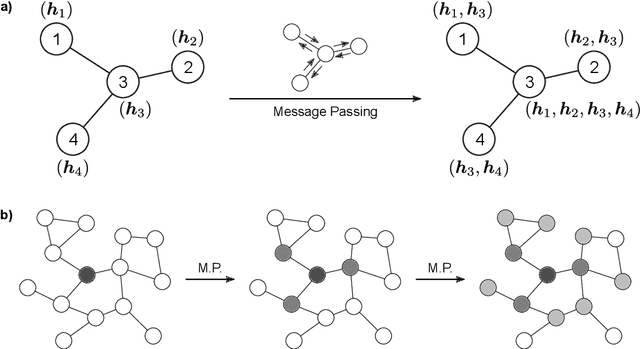
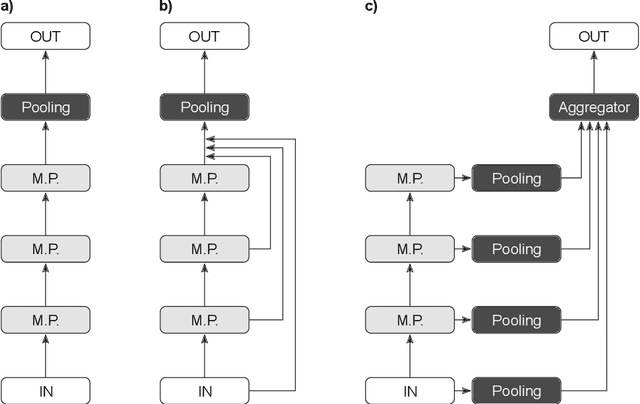
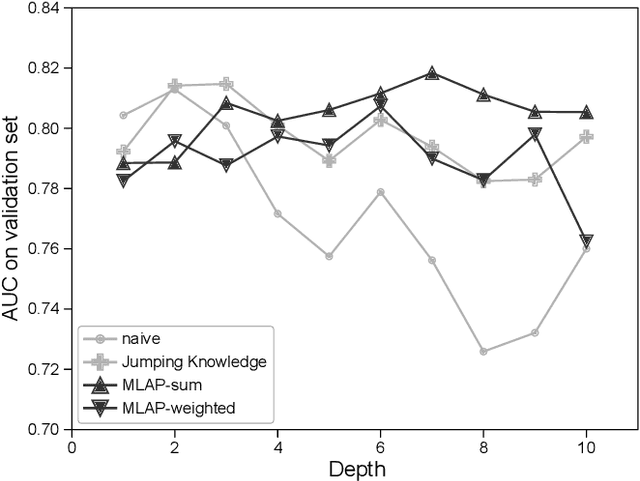
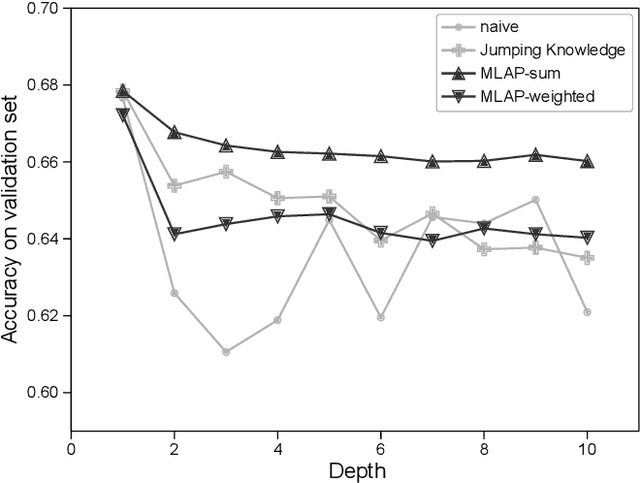
Abstract:Graph neural networks (GNNs) have been widely used to learn vector representation of graph-structured data and achieved better task performance than conventional methods. The foundation of GNNs is the message passing procedure, which propagates the information in a node to its neighbors. Since this procedure proceeds one step per layer, the scope of the information propagation among nodes is small in the early layers, and it expands toward the later layers. The problem here is that the model performances degrade as the number of layers increases. A potential cause is that deep GNN models tend to lose the nodes' local information, which would be essential for good model performances, through many message passing steps. To solve this so-called oversmoothing problem, we propose a multi-level attention pooling (MLAP) architecture. It has an attention pooling layer for each message passing step and computes the final graph representation by unifying the layer-wise graph representations. The MLAP architecture allows models to utilize the structural information of graphs with multiple levels of localities because it preserves layer-wise information before losing them due to oversmoothing. Results of our experiments show that the MLAP architecture improves deeper models' performance in graph classification tasks compared to the baseline architectures. In addition, analyses on the layer-wise graph representations suggest that MLAP has the potential to learn graph representations with improved class discriminability by aggregating information with multiple levels of localities.
Towards Generation of Visual Attention Map for Source Code
Aug 13, 2019
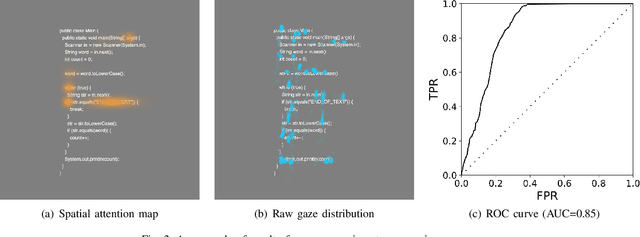

Abstract:Program comprehension is a dominant process in software development and maintenance. Experts are considered to comprehend the source code efficiently by directing their gaze, or attention, to important components in it. However, reflecting the importance of components is still a remaining issue in gaze behavior analysis for source code comprehension. Here we show a conceptual framework to compare the quantified importance of source code components with the gaze behavior of programmers. We use "attention" in attention models (e.g., code2vec) as the importance indices for source code components and evaluate programmers' gaze locations based on the quantified importance. In this report, we introduce the idea of our gaze behavior analysis using the attention map, and the results of a preliminary experiment.
 Add to Chrome
Add to Chrome Add to Firefox
Add to Firefox Add to Edge
Add to Edge